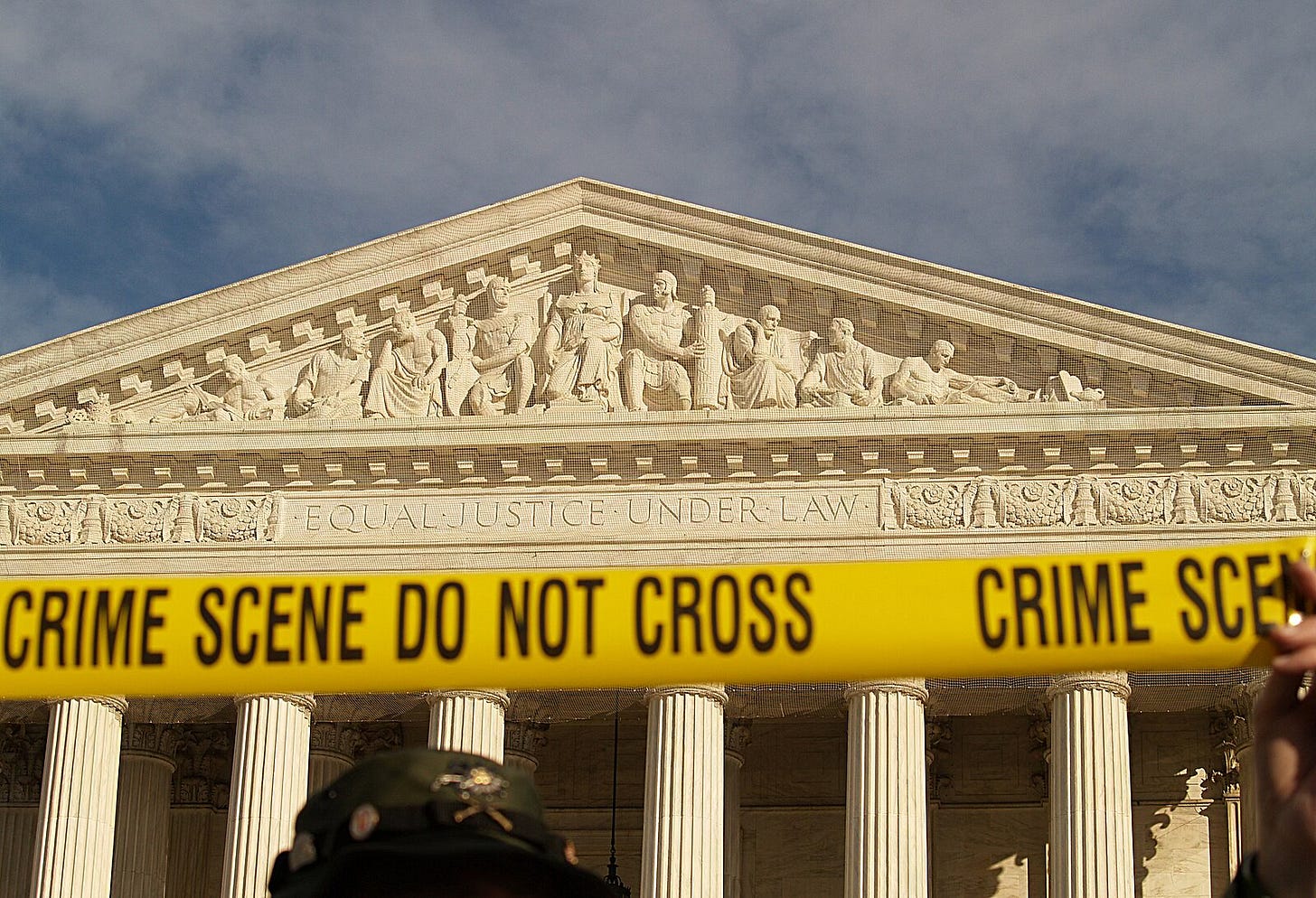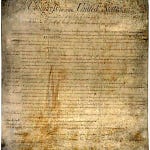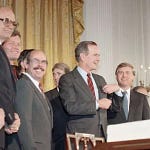This Day in Legal History: SCOTUS Moves to First Street
On October 7, 1935, the U.S. Supreme Court officially began hearing cases in its permanent home on First Street NE in Washington, D.C. For nearly 150 years prior, the Court lacked a dedicated building, conducting business in borrowed or shared spaces—including the U.S. Capitol and even a basement chamber. The move to an independent structure marked a significant moment in the institutional evolution of the federal judiciary. Designed by architect Cass Gilbert in a neoclassical style, the building was conceived as a physical expression of judicial authority, dignity, and permanence. Chief Justice William Howard Taft, who had previously served as President, championed the idea, believing the judiciary deserved a stature equal to the executive and legislative branches.
The building’s design was deliberately grand, with symbolic elements such as the phrase “Equal Justice Under Law” engraved above the main entrance. The construction cost approximately $9 million and took four years to complete, funded entirely by Congress. Despite its marble grandeur, some justices were skeptical of the move, including Justice Harlan Fiske Stone, who reportedly referred to it as “almost bombastically pretentious.” Still, the relocation marked the start of a new era for the Court—one defined by institutional independence and enhanced public visibility.
The first arguments heard in the new building concerned labor and property rights, underscoring the Court’s increasing role in mediating modern economic tensions. The structure has since been the site of many landmark decisions, including Brown v. Board of Education, Roe v. Wade, and Bush v. Gore. Over time, the Supreme Court building has become not just a seat of legal authority, but a symbol of the constitutional system itself, anchoring the judiciary firmly within the federal government’s tripartite structure.
Illinois filed a lawsuit seeking to block President Donald Trump from deploying National Guard troops to Chicago. The legal action follows a similar move by a federal judge in Oregon, who temporarily halted the deployment of troops to Portland. Illinois’ complaint targets the federal government’s decision to activate up to 300 members of the Illinois National Guard—against Governor J.B. Pritzker’s objections—and bring in an additional 400 troops from Texas.
The state argues that the deployment is illegal and part of what it calls a broader, politically motivated campaign by Trump against Democratic-led jurisdictions. The White House has not commented on the lawsuit. This marks the latest in a series of military deployments by Trump during his second term, including the use of troops at the southern border and in anti-narcotics operations off Venezuela. National Guard units have also been sent to cities like Los Angeles and Washington, D.C., and Trump has expressed willingness to send them elsewhere, even without state approval. The Illinois case raises significant constitutional questions about federal authority, state sovereignty, and the domestic use of military forces.
Illinois sues to block Trump from deploying National Guard troops to Chicago | Reuters
The union representing over 13,000 U.S. air traffic controllers has urged its members to remain on duty during the ongoing partial government shutdown, despite being required to work without pay. In a statement on Monday, the National Air Traffic Controllers Association (NATCA) warned that any job action or protest could be considered illegal and result in termination from federal service. The union emphasized the importance of maintaining professionalism and avoiding conduct that could damage their credibility or that of the aviation system.
Transportation Secretary Sean Duffy and NATCA leadership held a press conference at Newark Liberty International Airport to address the shutdown’s impact on air travel. Newark, a major hub, is particularly sensitive to staffing disruptions. About 50,000 TSA employees are also working without pay.
The current situation echoes the 2019 shutdown, when increased worker absences slowed air travel and pressured Congress to act. Airline industry groups are warning that flight efficiency could decline if staffing becomes unstable. The FAA is already facing a severe shortage of air traffic controllers—roughly 3,500 short of target—which has led to widespread mandatory overtime. Despite recent congressional approval of $12.5 billion for a five-year system upgrade, the shutdown threatens to further strain an already fragile workforce.
Union urges air traffic controllers to remain on job despite shutdown | Reuters
My column for Bloomberg this week looks at the Minnesota Supreme Court’s decision in Humana MarketPoint, Inc. v. Commissioner of Revenue, a case that underscores a growing shift in how states approach corporate income tax sourcing. The court ruled that tax liability can be based not on where services were performed or contracted, but where they were ultimately “received”—even if indirectly, by a customer’s customer. In this case, Minnesota taxed income from pharmacy benefit services provided to a Wisconsin insurer because individual plan members picked up prescriptions in Minnesota.
I argue this ruling highlights a troubling lack of statutory clarity. The court interpreted Minnesota’s law—which sources services to where they are “received”—as encompassing end users, not just contractual customers. That interpretation hinged on the absence of the word “directly” in the statute. As I see it, courts shouldn’t be in the business of stretching ambiguous language to support expansive tax liability, especially when legislatures haven’t clearly articulated such intent.
What’s most concerning is the unpredictability this creates. If states don’t codify market-based sourcing explicitly, courts may keep filling in gaps case by case, leaving companies unable to forecast where they’re subject to tax. That’s a serious compliance issue for businesses with complex, multi-jurisdictional operations. I argue that if states want to prioritize economic presence over contractual reality, they must write it into law—with clear definitions and limits. Otherwise, taxpayers are left navigating a patchwork of post hoc interpretations that undermine the predictability essential to sound tax policy.













